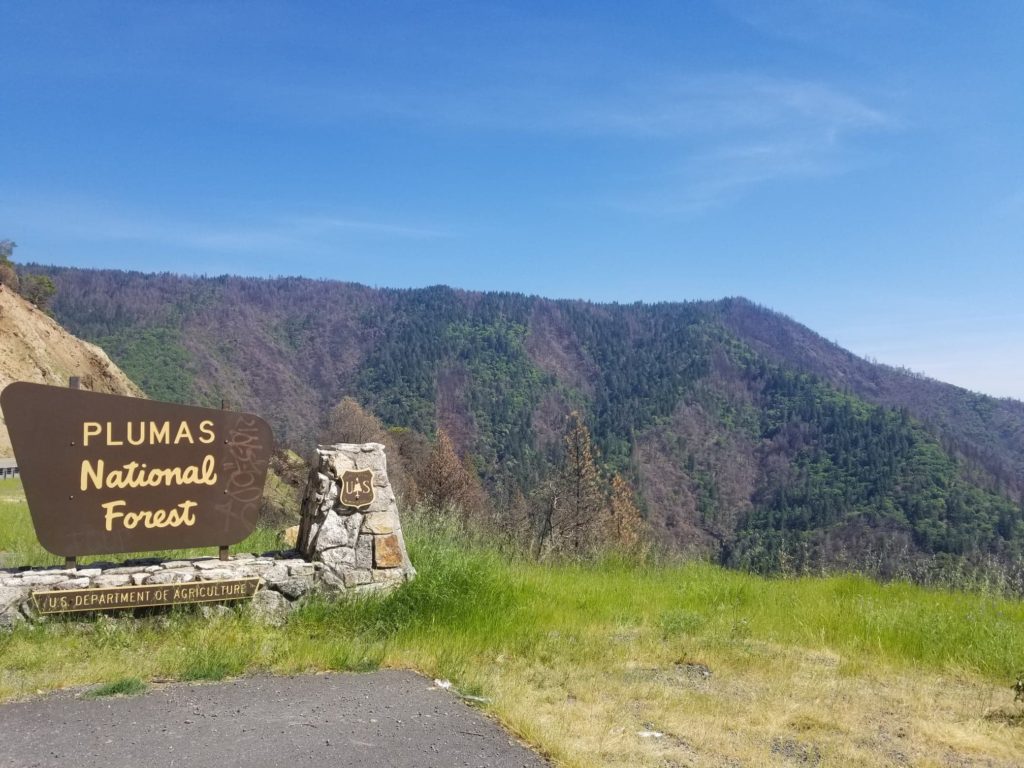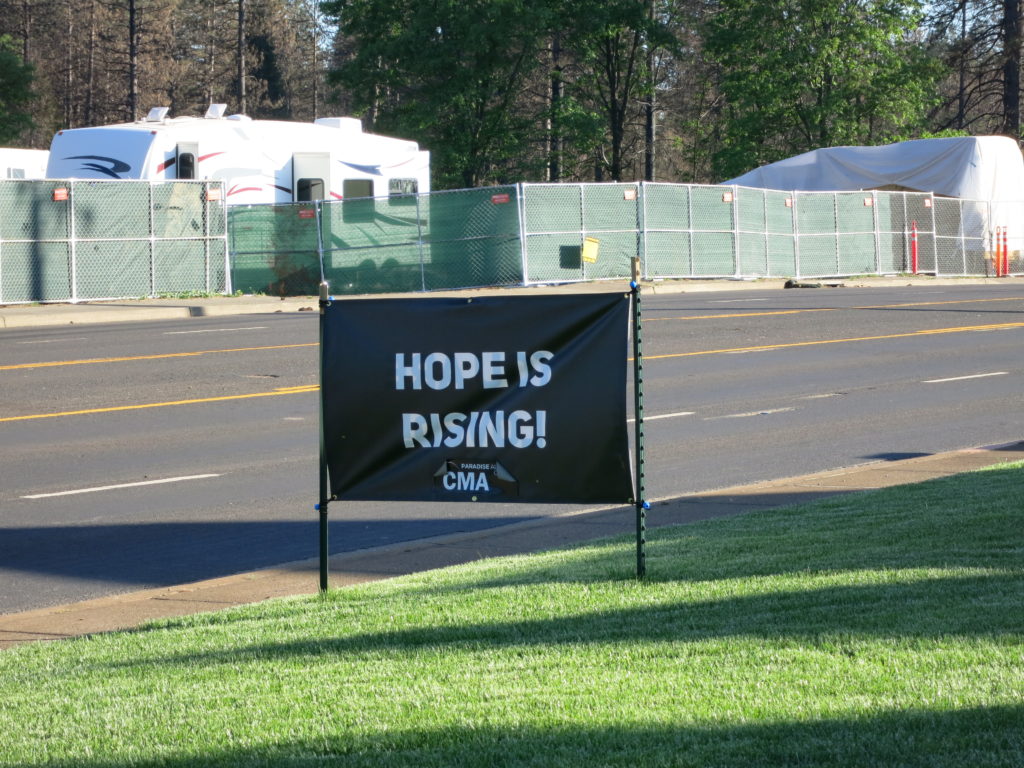As a fire pitched its notation through military bases, so did one run of sustained winds, around 32 mph, that culminated in a virulent way across the heart of the Feather River Canyon, in what is known as the Jarbo Gap, during the early hours of Nov. 8.
The Pacific Gas and Electric Company had lines in this area — more specifically Pulga, which surrounds Paradise, Calif. After humidity abated — dropping to 22 percent — and considering the wind gusts in a usually dry area, the investor-owned utility that provides natural gas and electricity to most Northern Californians, could’ve preemptively shut down power for only the second time in its history. Instead, California suffered its deadliest wildfire ever.
According to a recent press release from Cal Fire, “The tinder dry vegetation and Red Flag conditions consisting of strong winds, low humidity and warm temperatures promoted this fire and caused extreme rates of spread.”

In what could’ve resulted in only spoiled refrigerated food and shoddy-to-no heat in households, the failure to take precaution turned into spoiled mornings for many residents in Paradise and surrounding cities in Butte County. Enter: Alex Brown, the vice mayor of Chico, and Tami Ritter, a member of the Butte County Board of Supervisors.
The next morning, while natural smokescreens were adorning the air and flames were playing tag with the ground, Brown and Ritter were driving in Chico when they saw a sign on the lawn belonging to East Avenue Church designating the spot as an evacuation center. Ritter, who had built a professional history in emergency sheltering up until that point, volunteered with her wife for the next two weeks, before those displaced moved to the Disaster Recovery Center, where the couple then did intakes with United Way.
According to Brown, former residents of Paradise have found solace inside Chico, creating a city within a city. But, with the 20,000 new inhabitants integrating themselves into a nearby community — one with expired emergency shelters and an overwhelmed water and sewage system — there is a problem: the straw that stirred the drink is now without a liquid, existentially trapped in an arid wasteland.
Though retention rates, which typically oscillate between 15 and 25 percent, according to Ritter, are a concern, the post-hoc personal blaming of The Camp Fire has been miscalculated. On the front end, Ritter believes escape routes should not have been to blame but, rather, city planning. That means more locations cleared for shelter, more room for natural fire breaks, and the ridgelines of every cul-de-sac, of which there are many in the area, needing to be more spacious.

“I keep hearing, ‘There’s only one way out of Paradise’ — and that’s not true,” said Ritter, who believes that more prescribed burns, fuel reduction and better-structured housing units (with fewer stories) could also concoct the antidote to preventing future fires.
What has stalled prompt FEMA efforts can be reduced, mainly, to the anomalistic volume of rainfall, and subsequent flooding, from earlier this year: Forest Ranch, an unincorporated community less than 8.5 miles from Paradise, received 54 inches, from the beginning of the year until the middle of March — a mark that can typically exceed yearly Valley totals. Toxins in the parched soils and creeks have been rinsed by the influx of water.
“Where we had cleanup started, where trees had been removed — it’s the roots of those trees and that brush that are holding our top soil in-place,” said Ritter. “So, the risk for mudslides increases as well.”
Before FEMA could complete its debris removal, and CAL OES and CAL Recycle could spearhead their cleanup efforts, the land had to be dry, originally. The serious rainfall has turned scraping one layer of top soil into, potentially, a few layers.
Early on, the Butte County Board of Supervisors had meetings with CAL OES and FEMA, during which the Board was given a guideline that, as long as people were 100 feet from the burned structure, they were allowed to return to their property. Later, CAL OES and FEMA told Ritter and her colleagues that the reimbursements would be in jeopardy, so, the county notified its residents, which lead to some static.
Chico, which wasn’t supposed to surpass its current population until 2030, has suffered dearly because of the Camp Fire — the costliest disaster in the US in a century ($16.5 billion). Before the conflagration, though, the city had issues.
“We have an even lower stock of affordable housing,” said Brown. “A problem that was already existing with our population levels, before the fire, has now been massively exacerbated following the fire.”
The fire, which took 85 lives in Butte County alone, has cast those affected into seas of overpopulation, starvation and homelessness, but the community within a community has been a fulcrum of empathy, a fastener of solidarity, as Chico and Paradise see their respective trajectories reach a proactive point, thanks to city officials like Ritter and Brown. As a fire burns a landmass to reboot botanical means, so the Camp Fire burned to permit more detailed law-making and preplanning, all for the sake of stronger unity amongst Northern Californians.